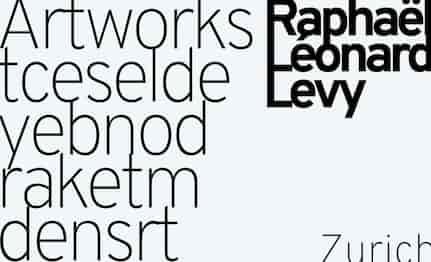CLICK TO VIEW PRESS RELEASE

YOSHIO NAKAJIMA14-25.04.1978
Activities, superconcepts,
test-culture, information & documentation,
meetings show, mixed media,
theater experiment,
laboratory, art-mission school, fluxus,
alternatives, dadakan,
ubbebodada, catastrophe art,
collage, mandala, film experiment,
and total lundada
SKÅNSKA KONSTAKADEMIE
YOSHIO NAKAJIMA — professor and commissioner of art — is exhibiting at Galerie S:t Petri, Lund, from April 14 to 25, 1978.
On Friday, April 14 at 3 p.m., he will perform an action.
In addition, the exhibition — in a Dadaist spirit — provides information on the many different activities Yoshio Nakajima has been involved in to create his own world since he entered the sphere of art more than twenty years ago.
For Yoshio Nakajima, the action / happening is a vital necessity.
This artistic medium makes it possible for human beings to open their emotional world.
Above all, it is we — who live in a cultural climate where emotion and spontaneity have been replaced by emotional coldness and efficiency — who need this form of liberation art.
His work seeks to express humanity as a whole.
He creates objects and performs actions / happenings where politics, life, death, and love intertwine — where man’s inner world confronts external “reality.”
The collisions that arise can, for example, take the form of an action / happening.
Yoshio Nakajima does not believe in stagnation.
Tomorrow he may very well have changed his art, but what he emphasizes is that humanity must continually and daily seek new possibilities for international communication.
He regards the action / happening as perhaps one of the most important ways to open people up — to provoke some form of reaction.
Among his most notable happenings are “Ecology in Tokyo,” “Harakiri Happening,” and “Torture and Persecution of Political Prisoners.”
During his visit to the Soviet Union, he greatly surprised the Russians in Moscow. However, since the happening there was regarded as a “decadent capitalist phenomenon,” his work was instead referred to as an “ancient Japanese dance.”
The exhibition is open on weekdays from 3 p.m. to 8 p.m., and on Saturdays and Sundays from 1 p.m. to 5 p.m.


